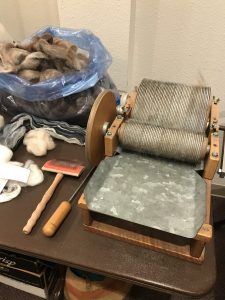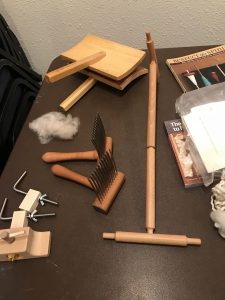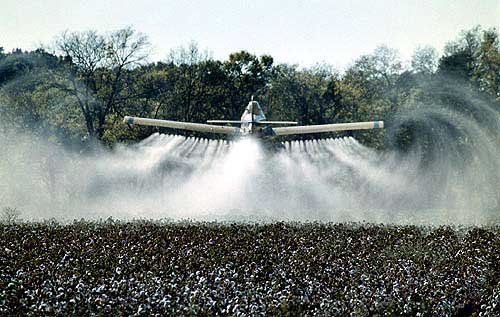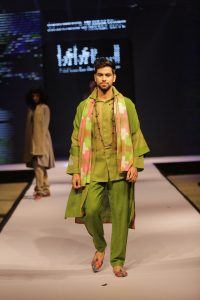I have always known that history plays a role in every aspect of life, but over the past 10 weeks as I have tracked the evolution of textile crafts, I have found the role that history plays in what we wear to be both alarming and inspiring. What I have found out about the link between issues of environmental concern and textile production has not necessarily been a surprise to me. The “narrative” of modern fashion is one that is rooted in status and profitability, so it is not groundbreaking that the results of that are an incredibly negative impact on the earth – and even more immediately on those who exist outside of the Western consciousness, but who are subject to all of the detrimental effects of our material tastes.
I carried out my research hesitant to state any opinions or draw any serious conclusions because I knew how much I had to learn. Now, after ten weeks of in depth research on the subject, I can say that I know without a shadow of a doubt that the current system we have in place for the global fashion industry is not sustainable. The choices that we as a society have made over history have created a textile chain that impacts the air we breath, the soil we grow in, and the water we drink. It negatively impacts people across the world and demands that they be treated as less than human in order to meet the production requirements of our style palette.
This is an issue that has made its way to Western consciousness lately, but only just. Because there are so many steps to the textile chain, large corporations are able to claim that their practices are sustainable without being held accountable for the actions that are taken by the factories that they are outsourcing to. Many times, a company that puts emphasis on environmentally friendly practices will cut corners and pay low wages to overseas workers. Other companies will tout their ethical labor practices but will cut corners by using non-organic cotton, synthetic dyes, etc. Unfortunately, this shows that though, there is more awareness in the textile world, the methods in which companies are going about being profitable still holds to the traditional model of “pulling the wool over the eyes” (literally) of the consumer who genuinely wants to make conscious decisions.
Other than that, there is truly no one sustainable solution to our current issue. Throughout my research, I found that industrialization and cutting corners was used as the one solution to meet market demands and increase profitability. I believe it would be incredibly damaging to try to reverse that with the same methods. Instead, the only method is to employ multiple methods – upcycling, thrifting, natural fibers growing locally, small scale mills, local artisans, big name designers that are transparent with their business practices – all of these have different levels of accessibility and are all better than the current model in some way, shape, or form.
As a small business owner, the only way to be competitive against these practices is to be as transparent as possible – an educated customer base will be a loyal customer base. The old model of fashion and clothing designs a certain look for status elevation and marketability. I believe that the new model should be a design that is the product of the sustainable methods used to create it.





